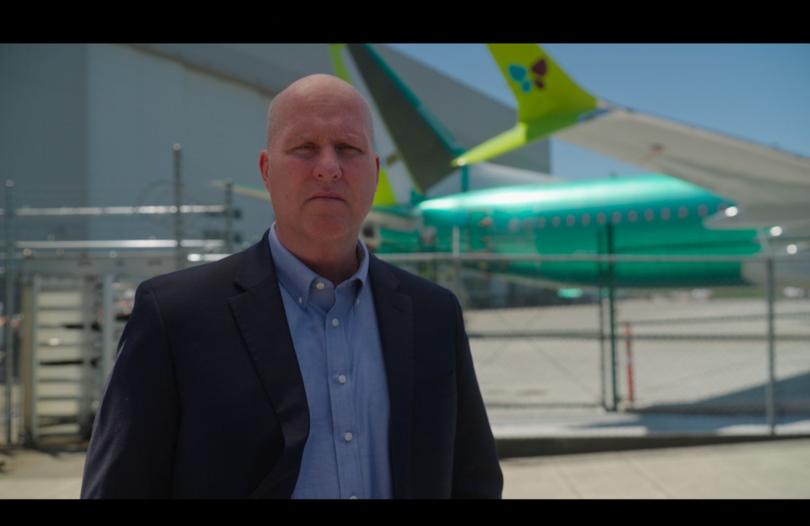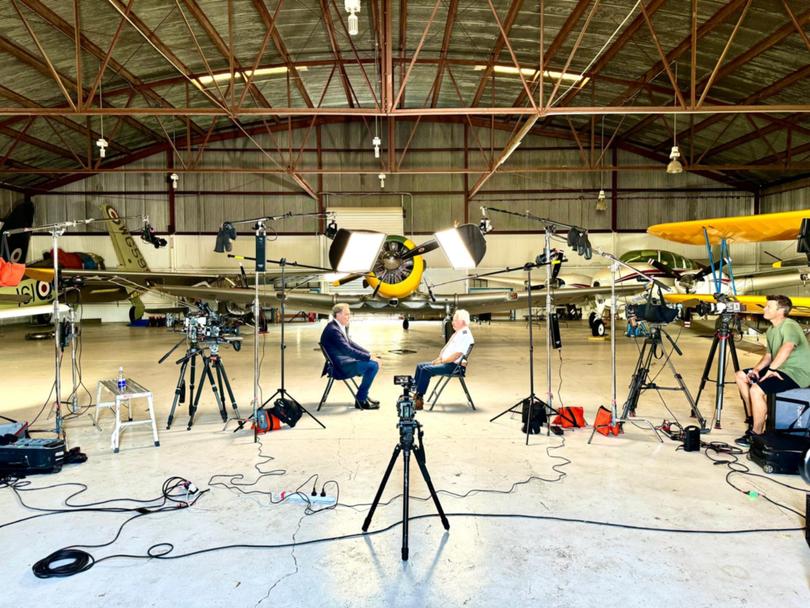Spotlight: The concerning truth that will make you re-think flying on one of Virgin Australia’s new jets
Boeing knew of an “intermittent wiring fault” in a brand-new 737 Max that was causing “uncommanded rolls” in the months before the jet fell out of the sky.
7NEWS Spotlight has obtained internal correspondence between Boeing and its customer Ethiopian Airlines which proves the plane-maker diagnosed an electrical fault in the Max but it was never repaired.
Boeing delivered the Max to Ethiopian Airlines two months before.
In the correspondence, Ethiopian technicians reported the new Max had “encountered roll to right with autopilot engaged during approach” for landing.
ROAM. Landing in your inbox weekly.
A digital-first travel magazine. Premium itineraries and adventures, practical information and exclusive offers for the discerning traveller.
By continuing you agree to our Terms and Privacy Policy.Boeing advised Ethiopian’s technicians to carry out minor maintenance, but former Boeing Senior Manager Ed Pierson told Spotlight the jet was in need of major maintenance.

“When the Ethiopians were asking for help, Boeing not only said, ‘we suspect it to be electrical wiring,’ they started giving them directions on how to troubleshoot it,” Pierson told Spotlight.
“They said, ‘check the pins for the connectors, check the connectors, do a continuity check, check the wiring, run the wiring.’
“Well, you can’t do that unless you pull up the boards, unless you remove a lot of stuff. You can’t get in and inspect that.
“It was an impossible suggestion for them to do. So they did minimal, basically, they did a couple things that Boeing had suggested and they said: ‘It must be good because The Boeing Company said that’s what we should do’.”
Three months later on March 10, 2018, ET 302 crashed six minutes and four seconds after taking off, killing all 157 on board.
Pierson brought the damning proof to Spotlight, months after Virgin Australia announced a deal to buy 39 new Boeing planes.
“It scares me, and that’s why I’m agreeing to this interview because I feel like the public needs to know these things are going on,” he said.
It’s one of several flight control and steering systems that failed on the Ethiopian Airlines flight in 2019 and the Lion Air flight in 2018 just minutes before they crashed. Both were brand-new Boeing 737 Max’s.
Virgin Australia has purchased 25 Max 10s and 14 Max 8s, the same model that crashed in Ethiopia and in Indonesia six months before.
The estimated cost of the 39 Max planes is $7.7 billion.

Boeing has kept the correspondence secret, neglecting to hand it over to Ethiopian crash investigators.
“Boeing has reviewed the provided information and suspect an intermittent wiring fault with FMC1 [Flight Management Computer 1] ... to FCC [where the MCAS is located],” Boeing said to Ethiopian Airlines.
Pierson strongly suspects the wiring fault was sending faulty data from the Angle of Attack (AOA) Sensor, at the front of the plane’s fuselage, to the MCAS.
The AOA Sensor is responsible for sending data to the MCAS system, which activates a trim on the plane’s tail that steers the plane down when it is rolling up.
Pierson alleges the faulty wiring in the AOA Sensor effectively told the MCAS system the plane was rolling upwards, despite diving towards the ground.
Boeing initially sought to blame the pilots for the crash.
It then sought to blame the tragedies on MCAS, assuring the flying public it would fix the software powering the MCAS system.
But Pierson, along with other whistleblowers Spotlight spoke to, said Boeing had framed it as a problem with the “software” rather than a “manufacturing fault” because it was much cheaper to fix.
“They were trying to hide something bigger like wiring,” a former Boeing flight training captain, Ross Aimer, told Spotlight.
“MCAS, you can go to India to some $10 an hour programmer and change the program. Changing your wiring of an entire 737 would cost millions.”
The manufacturing faults cast serious concerns over the manufacturing quality of hundreds of Max’s.
Pilots on both doomed flights relied on a control called the “manual trim” to pull the plane out of the nosedive.
Spotlight also spoke to former Federal Aviation Administration (FAA) whistleblower Joe Jacobsen who approved an aspect of that manual trim.
The aerospace engineer said Boeing had assured him the manual trim was “almost a hundred per cent effective” in all circumstances.
“It surprised me because Boeing had kind of made the case, or I guess led us to believe, that the manual trim would always work,” he said.
“It turns out not even close.”
Following the two crashes, the 737 Max was grounded for 18 months.
An international team of aviation safety investigators, including from Australia, was assembled to evaluate the Max.
At the conclusion of the investigation, Boeing sent a 343-page “return to service bulletin” to its client airlines.
But Ed Pierson said Boeing’s manufacturing safety procedures were unchanged for years and still aren’t up to standard.
Statement from Virgin Australia Chief Operating Officer Stuart Aggs:
Safety is fundamental to the success of the aviation industry and at Virgin Australia it is always our top priority.
Virgin Australia is one of over 80 airlines operating Boeing 737 MAX family aircraft globally. More than 1,400 of these aircraft are in service around the world, carrying about 700,000 passengers on 5,500 flights every day.
Over the past 50 years, a journey of continuous improvement has made commercial aviation the world’s safest form of transportation. Virgin Australia retains full confidence in Boeing’s commitment to this journey.
Boeing also provided a statement:
We are confident in the safety and durability of Boeing airplanes.
We also encourage and empower our employees to raise any concern and we review each rigorously to ensure airplane safety. We are focused on fostering a safety culture based on transparency and accountability.
With safety and quality at the forefront, we are improving our production system to ensure we can reliably deliver and meet customer commitments.
Since the 787 Dreamliner entered service in 2011, the global 787 fleet of more than 1,100 jets has safely transported more than 919 million passengers on more than 4.4 million flights.
Since it entered service in 2017, the global 737 MAX fleet of more than 1,500 airplanes has flown more than 10.2 million flight hours. Today, more than 80 airlines are operating more than 1,500 737 MAX airplanes with over 5,500 safe flights daily.
Australia’s regulator, the Civil Aviation Safety Administration, sent a statement to Spotlight:
The Civil Aviation Safety Authority (CASA) is satisfied that Boeing aircraft meet all Australia’s safety requirements.
CASA works with international partners, including the FAA and other regulators, to review any emerging safety issues. We will always act if required to ensure the safety of passengers.
Originally published on 7NEWS
